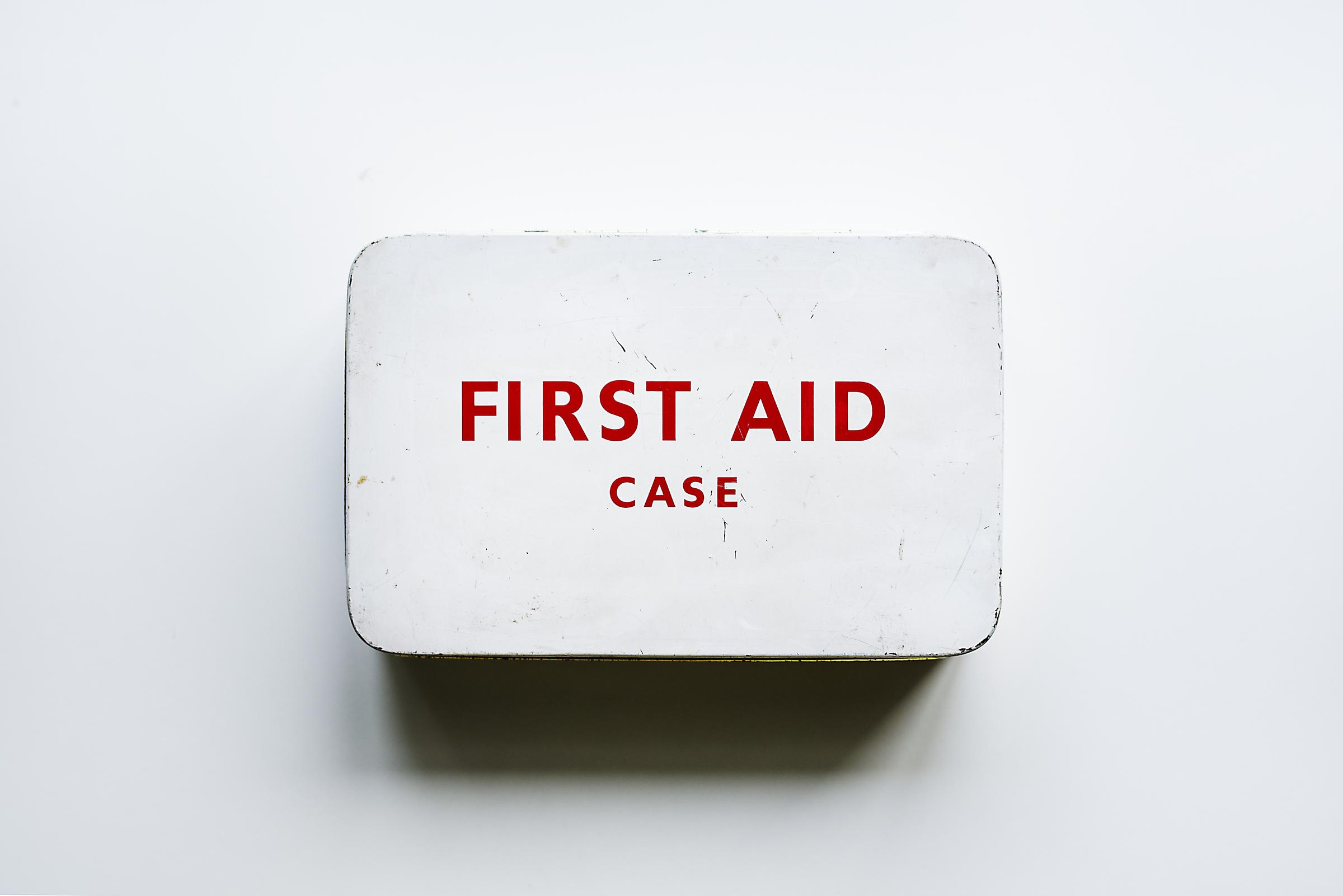Health Alerts

Vomiting & Diarrhoea
Please note the following information from Healthline. This information is also available in the St Patrick's Parent Handbook 2019.
"Vomiting and diarrhoea are good reasons for your child to stay home. These symptoms are difficult to deal with at school and show that the child is still capable of spreading the infection to others. Additionally, in younger children, frequent episodes of diarrhoea and vomiting may make appropriate hygiene difficult, increasing the risk of spreading the infection. Wait at least 24 hours after the last episode before considering a return to school."
https://www.healthline.com/health/cold-flu/school-sickdays
Head Lice
It is essential that parents check children's hair and treat if necessary.
Please make sure that long hair (that touches a students collar) is tied back (boys and girls).
Children are not to share hats at school, to assist in preventing the spread of lice.
2-minute read
Head lice are tiny wingless insects about the size of a sesame seed that live in the hair of humans and animals where they feed on blood by biting the skin. Lice are not dangerous, and do not spread disease, but their bites can cause itching and sometimes skin irritation.
How head lice spreads
Head lice commonly affects children, however adults can also get it.
It can be passed between people by contact with personal items, for example shared combs and brushes.
Research has shown that head lice are not spread by shared hats.
Lice need warmth and blood to survive. They do not live for long on clothing, bedding or personal items.
Head lice symptoms
Lice often cause itching of the skin, but this is not always the case. Bites can cause the skin to become red and irritated, which can be made worse by scratching.
You can see the lice and nits (eggs) if you look closely at your head and scalp. Nits look like tiny white dots attached firmly to the hair. They cannot be brushed or flicked off the hair, but must be physically removed with fingers or fingernails.
Head lice treatment
Treating head lice involves the removal of head lice and nits from the hair by either using the conditioner and comb method, or chemical treatments.
The conditioner and comb method involves the use of conditioner and a special metal fine-toothed nit comb. The conditioner briefly stuns the lice making it easier for the nit comb to trap and remove the lice and nits.
If you decide to use a chemical, it is important that you follow the instructions closely that come with it. 2 to 3 chemical treatments with a week in between each should remove living lice. No single chemical treatment will work for everyone. A nit comb can be used to look for any signs of living lice.
Q. Should your child stay home from school?
Once treatment has taken place, the child can return to school.
IMPETIGO (School Sores)
Symptoms
Small red spots change into blisters that fill up with pus and become crusted; usually on the face, hands or scalp.
School or home?
Keep home from school until antibiotic treatment starts. Sores should be covered with watertight dressings.
How can I help prevent spread?
Parents of children who may have had contact with impetigo should look for signs of infection and seek treatment if symptoms develop. Careful hand washing especially after changing dressings. Avoid sharing toilet articles, towels, clothing or bed linen. Consider using anti-bacterial soap for bathing for two to three weeks. Avoid scratching or touching the lesions to prevent spread to other parts of the body. Completing the recommended antibiotic course is very important.
